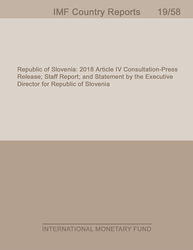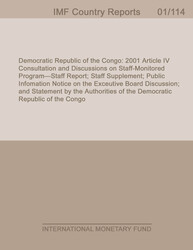
Republic of Poland: 2015 Article IV Consultation-Press Release; Staff Report; Information Annex; and Statement by the Executive Director
The economy has recovered from the 2012–13 slowdown, supported by sound policies and improving external conditions. The outlook is for robust growth and subdued inflation but risks, although moderating, are tilted to the downside. Further structural reforms and stronger policy buffers will mitigate risks and ensure that the recovery is durable and balanced. Interconnectedness. Poland's strong interconnectedness with Europe through both trade and financial linkages has facilitated growth and income convergence and reduced inequality. However, it also exposes Poland to external shocks that can propagate through substantial foreign participation in the government bond market and in the banking system. Monetary policy. The recent policy interest rate cuts should help gradually return inflation to the target. However, the Monetary Policy Council (MPC) should stand ready to further ease monetary policy if inflation expectations were to disappoint. Financial sector policy. The financial sector remains profitable, well-capitalized, and liquid. Credit growth is picking up in tandem with activity. Addressing legacy vulnerabilities and completing financial sector reforms would further buttress financial stability and support continued healthy credit expansion. Fiscal policy. Gradual fiscal consolidation should continue to build policy buffers and address long-term aging-related contingent liabilities. The authorities should identify measures to underpin their fiscal plans. Structural reforms. Over the past two decades, Poland succeeded in closing a quarter of its per capita income gap with the European Union (EU) average. Further boosting income levels and living standards requires structural reforms to move up the value- added chain and facilitate labor mobility to higher productivity sectors.
Publication date: July 2015
ISBN: 9781513502434
$18.00
Add to Cart by clicking price of the language and format you'd like to purchase
Available Languages and Formats
| English |
Prices in red indicate formats that are not yet available but are forthcoming.
Topics covered in this book
This title contains information about the following subjects.
Click on a subject if you would like to see other titles with the same subjects.
Money and Monetary Policy , International - Economics , Public Policy ,
Also of interest
Summary
Copyright © 2010 - 2025
Powered by:
AIDC



